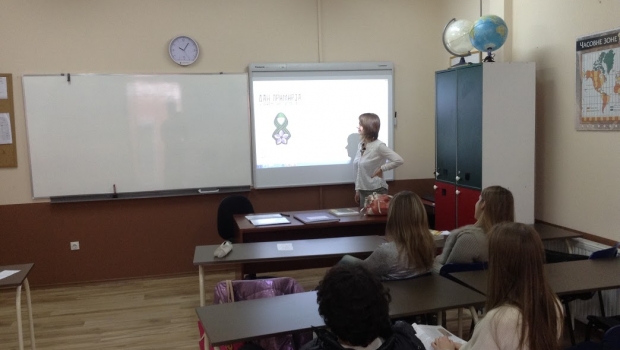MARKING ARMISTICE DAY
MARKING ARMISTICE DAY

During our history classes high school students talked about Armistice Day, a national holiday in Serbia, celebrated on 11th November. Armistice Day is commemorated every year in many countries on 11th November to mark the end of the First World War. On that day the armistice was signed between the Allies of World War I and Germany at Compiègne, France, for the cessation of hostilities on the Western Front, which took effect at eleven o'clock in the morning - the "eleventh hour of the eleventh” in 1918.
Most member states of the Commonwealth of Nations, like the United Kingdom, adopted the name Remembrance Day, while the United States chose All Veterans Day to honour military veterans, including those who participated in other conflicts. Armistice Day remains the name of the holiday in France, Belgium and New Zealand, and it has been a statutory holiday in Serbia since 2012.
In Britain Poppy Day is often used from its association with poppies flowering in the spring of 1915 on the battlefields of Belgium, France and Gallipoli. This vivid red flower has become synonymous with great loss of life in war.
In Serbia the flower Natalie's Ramonda is a symbol of this day. The plant/flower, which is an endangered species, was named after the Serbian queen Natalija Obrenovic. It is also known as the phoenix flower, referring to the resurrection of the Serbian state from the destruction. The emblem also contains a motif from the band of the Albanian Commemorative Medal positioned above the flower.
This emblem should be worn on the lapel during the week that precedes this holiday, as well as on the day of the holiday.
